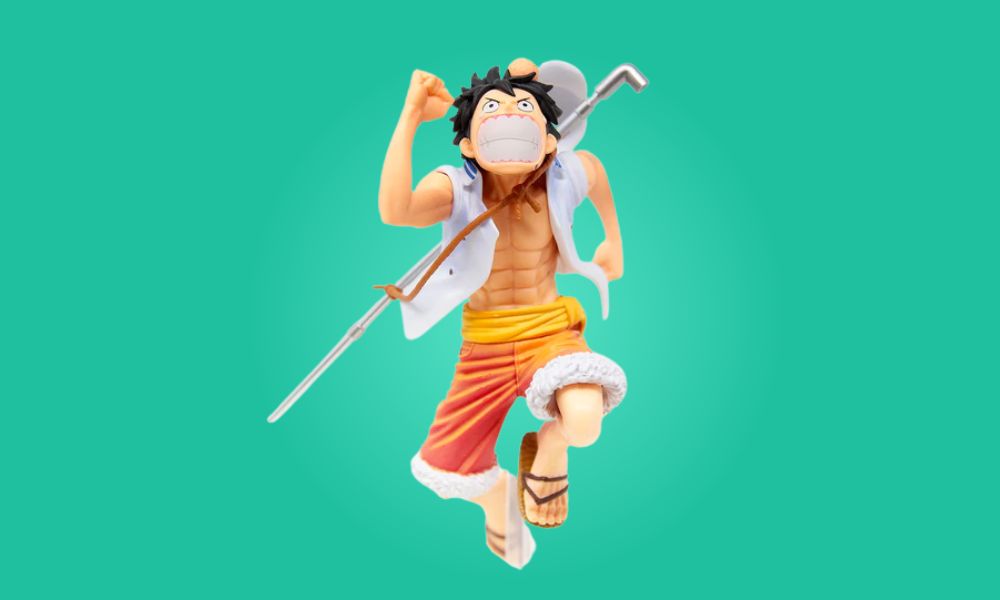There are so many factors that determine a collectible’s value. Things such as condition, opened boxes, and relevancy can cause a figure’s price tag to either sink or swim. Your intentions for your collection might not depend much on its return on investment, but knowing the value of the pieces in the collection can still be helpful. For instance, understanding why collectibles have certain values can help you prepare for expansion—if you can anticipate price fluctuations, you’ll be able to take advantage of the best market deals. Be the first in line for the latest figurines and learn which elements determine the value of a collectible.
Major Determining Factors
Even though several factors determine a collectible’s value, some factors hold more weight than others. These aspects will always influence price, and they’ll be at the forefront of any negotiation. This holds true whether you’re looking to purchase new figures or prepping your inventory for sale.
You should consider all the determining aspects when thinking about price tags, but focusing on a few of the most significant factors is a good place to start.
Relevancy
One of the first things you should look at to figure out how valuable a figure is is relevancy. What’s making headlines and dominating the general conversation right now? You can expect collectibles with high levels of relevance to cost much more than those on the backburner. Figures from new franchise releases will be more relevant than older versions. Vintage shows and movies experiencing comebacks can also increase collectible prices. As characters grow in popularity and cement themselves as genre staples, their price tags will only grow.
Demand
Just like any other buyable item, collectibles are at the mercy of the economy. Fluctuations in the supply chain directly affect demand. Factors such as low access to materials and shipping disruptions can cause supply to tank and demand to skyrocket. Likewise, if a manufacturer produces too many figurines without the right level of demand, prices will likely drop.
Demand is also related to and even dependent on relevancy. The more popular a figure is, the more people will want to add it to their collections. Franchises with new projects on the horizon can justify high prices when fans are willing to pay a pretty penny for new characters.
Condition
If you’re interested in reselling your valuable collectibles, condition is critical. People assign “condition grades” to collectibles to communicate how well a collector has preserved their figures. “Mint” and “near mint” figurines will go for way more money than those with “fine” or “poor” condition labels.
Fans who view their collections as investments need to protect and maintain their items. For example, you can use Funko POP! protectors to safeguard your vinyl figures and potentially increase their value. Accessories also count toward condition; collectibles with all of their special features will pull a higher profit than those that are missing certain pieces.
Mint vs. Loose
We can’t talk about value without mentioning this age-old debate: Should you keep your figures in their boxes or “let them loose”? The answer will vary depending on who you ask.
Collectors who collect out of enjoyment often remove their collectibles from their original packaging. This way, they’re free to pose and display their figures however they choose. However, people who want to sell valuable characters in the future often choose a different route. Keeping items in their boxes allows them to maintain their mint-condition status. Collectors who perfectly preserve their figures can ask for a higher price, especially if the character is relevant and in high demand.
Mint condition has several levels; just because you open your box doesn’t mean the figure has automatically lost all its value. Your mint-condition collectible will fall into one of these categories:
- Mint in Sealed Box (MISB): A packaged figure with the manufacturer’s tape still intact
- Mint in Box (MIB): A packaged figure with compromised tape; this usually occurs when collectors want to check for accessories and condition
- Back in Box (BIB): A figure that a seller has repackaged
- Loose: Exactly what the name suggests: a loose figure without its original packaging
History
Some collectibles have acult followings due to their wacky history. Figures surrounded by mythological-style lore will always be in high demand, regardless of whether their franchises are making waves in current pop culture.
Some collectors specifically search for figures with rare variations. For example, only a few of Kenner’s Double Telescoping Darth Vader figure are available, since the company pulled these from shelves due to design flaws. Collectibles that come with reputations will always price higher than those without interesting backstories.
Minor Determining Factors
Some things, while still influential, depend upon other major factors. Without relevancy, demand, condition, or history, these elements don’t play as significant a role in value. Still, there are always exceptions to the rule. Knowing about these minor factors will help you determine whether certain figures are worth the hype and the price tag.
Age
Age can be a deciding factor in value. Vintage collectibles can go for several thousand dollars to the right collector. Some people exclusively collect antique figures and build valuable inventories of old toys.
However, vintage figures usually sell only if they’re in good condition and in demand. Cult classics experiencing resurgences in popular media will usually have hefty price tags. On the other hand, old collectibles that look bad, that are missing parts, and that aren’t very relevant won’t be worth more than their newer models.
Rarity
Some collectors love the thrill of the search. Rare collectibles that are difficult to find can cost an arm and a leg in the right circumstances. However, just because something is elusive doesn’t mean it’s rare or worth breaking the bank over. Like age, rarity only matters if the figure looks good and is widely sought after. Sometimes, manufacturers only make a certain number of collectibles because they lack that “X factor” that makes people want to buy them. Without a modern pop culture bringing them back into the limelight, rare collectibles without relevancy don’t always perform as well as many people would think.
Collectors who know what to look for to determine a figure’s value will make better financial decisions for their own inventories. If you’re looking for a reliable retailer that always has the best prices, look no further than Shumi Toys & Gifts. Our stock is full of high-quality collectibles waiting for a home within your collection.


